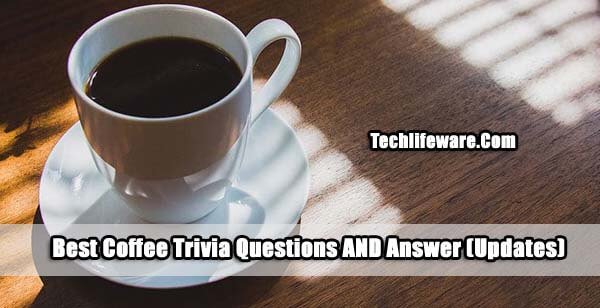Extracting the grind french press coffee is one of the simplest and fine grind coffee cheapest ways to prepare coffee. Even a full french press coffee maker novice can follow the method and produce a decent cup.
But can you convert a decent French juicy coffee into an exceptional coffee by adjusting the grinding volume?
It may sound the opposite of everything we know, but take a look at why micro-grinding has been used on the French press.
Fine Grind For A Better French Press Coffee
Read Also: Top 10 Best Espresso Machine under $200 (Business Reviews)
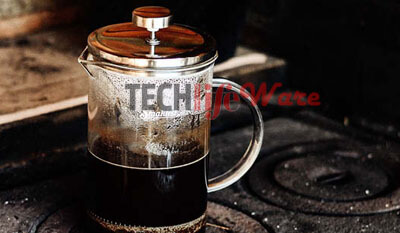
Indisputable way
The professional grind french press coffee world is used to adjust the extraction of times. Grinding sizes and other factors to achieve the perfect cup.
But in general, we do this using extraction methods such as pouring, espresso, and AeroPress. The some, what humble French press was ignored.
In general, it is accepted that the best use of the French press is coarse ground coffee, water below the boiling point fine grind coffee. Wait three to five minutes for diving and you will get a decent cup of coffee.
The three factors also affect each other, so if you change one of them, you should consider the other two.

Why grinding is generally use
You might find it strange to buy an expensive strawberry mill, just to merge it with the French press coffee. But if you want premium coffee. You should think about it. A high-quality mill constantly produces ground coffee.
Inconsistent milling contains a series of particles from very fine sizes to very coarse. Low-quality mills can produce many fines.
These are small particles equal to the KRUVE grind french press coffee sieve machine with coffee powder. Very heavy fines can make coffee cloudy or bitter.
When using coarse ground coffee, it is unlikely to contain many fines. This means you are unlikely to have a cloudy cup with confusing flavors.
But if you use a high-quality mill, and also a fine grind coffee sieve. You can solve this problem with a finer grain grinding.
The French press is a method of immersion, which means that the beans give the opportunity to extract them for a longer period. Compared to other methods. Because of this.
In the event of spills, the use of fine grinding can interrupt the flow of water. This does not happen in the grind french press coffee, so we can experiment more freely.
But we must think about the time of extraction if we adjust the grinding volume to avoid excessive extraction.
The argument in favor of finer grinding

The idea behind using the less rough grinding is that. The grinding allows the flavor-producing compounds to be extracted faster.
Since the surface is larger, the soluble compounds are rapidly extracted from the ground grains in the water.
Matt Berger is the founder of Barista Hustle. On the website, he says: “The most important thing to understand is that.
The grinding volume doesn’t really change what is extracted fine grind coffee. It only changes when things are pulled out.
All the flavor in the coffee beans is ready to be extracted. The grinding volume puts degrees of that flavor in front of the water quickly.”
French press coffee maker
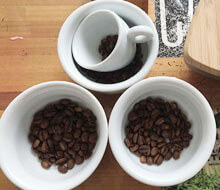
Matt notes, “If you give water more contact with coffee, more flavors will be extracted.”
We can do this by prolonging the extraction time, but since the water will cool down. It may be less effective than spending the same time with careful grinding.
How to use a french press with pre ground coffee: One of the concerns of using fine grinding is that the coffee will eventually cloudy and the cup will have residue. You might think that the best coffee passes maker through the filter network.
But the high-quality French press jugs have a mesh enough to stop mid-sized grinding, and more than that, the coffee expands upon saturation.
James Hoffman is the author of the World Atlas of Coffee. Then allow the coffee to ferment for an additional five to seven minutes.
He told me that “the French press is one of the most affordable ways to make coffee. With a long infusion period, it is very easy to achieve good extraction.”
And he said, Nevertheless, I always recommend trying fine grinding every time they make coffee. The coffee will get better and better, and suddenly you’ll find a wall of bitterness.
At this point, you just have to go to grind a little thicker and you will get the best and the best coffee that you buy.
What James highlights is that there is an excessively draining point. If you use excessively fine grinding, you can get coffee in which many compounds of bitter and unpleasant taste have been extracted.
How to use a french press with pre ground coffee
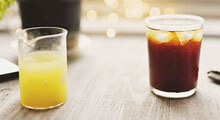
This is how I recommend it as a starting point for your experiment with grinding size.
Fine grind coffee
Use 35 grams of cereal per 16 ounces (just under 475 ml) of water. James’s method involves using a digital scale to make sure you know. The exact amount of coffee and water you use, and if necessary, regulate the amount.
Grind your coffee to medium to medium thickness with a high quality grinder.
If clean coffee is important to you, try coffee screeners to remove fines and rocks (large particles). I have found that I can reduce the infusion time with 600 and 800-micron screeners.
Which means more consistent extraction. But it seems to me that I wasted a lot of coffee this way.
Grind french press coffee method
For your first tests, use water immediately after boiling (about 200 degrees Fahrenheit or 93 degrees Celsius). You can do this by boiling the water and then waiting 30 seconds for it to cool down a little.
After mixing the coffee and water to move it, cover the jar with the lid and lower the plunger slightly. This should not touch the coffee.
After 7 to 10 minutes, almost all french press coffee maker particles will be submerged. Watch this and make a note when you’re ready to push the plunger. Do this very slowly to avoid raising fines.
Pour the coffee carefully so as not to disturb the grinding and leave the last sips in the jug under the net. You don’t want to drink this portion with sediment.
Now, repeat the entire method with careful grinding and see if it finds any difference.
Matt Berger told me: “For the best french press coffee maker results with the French press, grind better than ever. Then grind two more degrees.”
Adjust the water temperature for better grinding
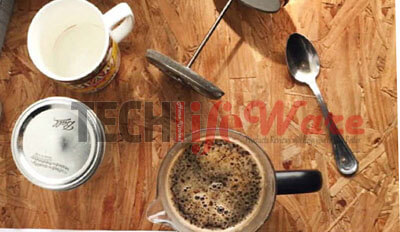
When changing the grinding volume, you should also consider the water temperature. Since the fine grinding takes up more space.
It will be extracted more quickly. Lowering the temperature can lower the extraction process and help prevent bitterness from excessive extraction.
When using medium-sized grinding, we can drop below the recommended 200 ° F (93 ° C) water temperature.
If we use water around 195 degrees Fahrenheit (91 degrees Celsius) and lengthen the injection. We can get a french press coffee maker cup strong enough, but we avoid the bitter tones of excessive extraction.
The main point here is that all the factors involved influence each other. If you change one, you may have to change another.
But some people prefer to brew coffee with boiling water. Matt Berger said: “I am a big fan of boiling. You can’t spoil it. If the coffee is good, you shouldn’t” burn it “or do something silly like that.
There are so many different ways of making coffee that it is extremely important to understand the concept of extracting and playing with it. It is a matter of balancing variables to find the ideal way.
Try different temperatures, grinding sizes, and extraction times and decide which one is best for you.

Any French press?
It is worth noting that the standard French press jug does not maintain a steady infusion temperature.
If you really want to manipulate variables and find the best method, try a ceramic jug or add a layer of insulation to the glass jug.
The stainless steel jugs are well insulated, but I find they add a slight flavor to the cup I dislike.
How to use a french press with pre ground coffee? Understanding extraction can open the door to a world of experiences with brewing coffee. The French press produces as many innovations as any other method.
If you are using a suitable grinder, let the saturation saturate and push the plunger slowly, you should not have a coffee problem with clay deposits or flavors.
Don’t be afraid to experiment with adjusting each variable. Change the grinding size, water temperature and extraction time, and note what works and what doesn’t.
Are you enjoying this article? You might also like The Truth About Decaffeinated Coffee
Translated by Laura Fornero. The translation was edited by Maria Jose Barra.
Perfect daily grinding
Do you want to continue reading articles like this? Bookmark this website here!


